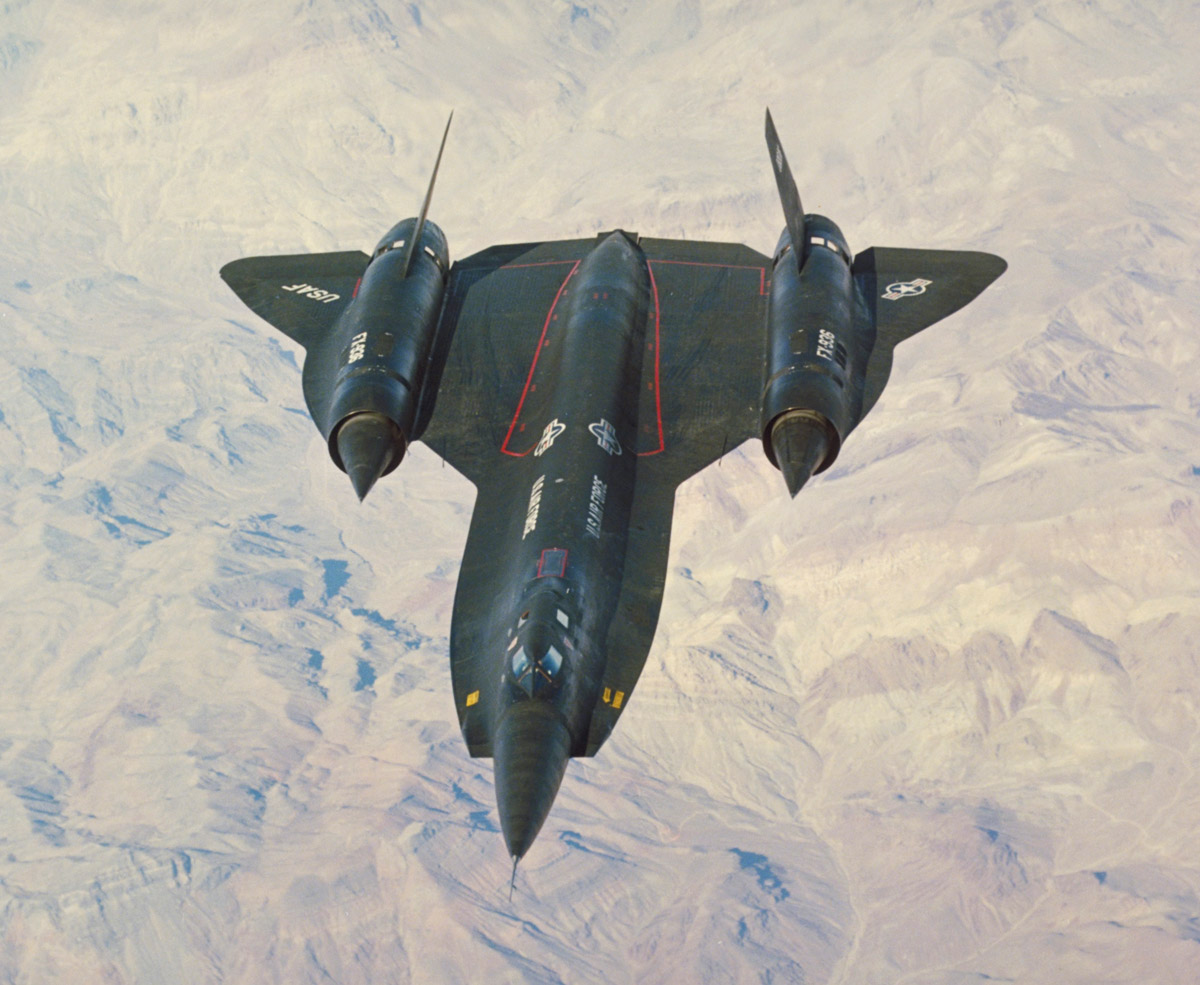Lockheed YF-12
| YF-12 | |
|---|---|
 |
|
| YF-12A | |
| Role | Interceptor aircraft |
| Manufacturer | Lockheed Corporation |
| Designer | Clarence "Kelly" Johnson |
| First flight | 7 August 1963 |
| Status | Canceled |
| Primary user | United States Air Force |
| Number built | 3 |
| Unit cost |
US$15–18 million (projected)
|
| Developed from | Lockheed A-12 |
| Variants | Lockheed SR-71 Blackbird |
The Lockheed YF-12 was an American prototype interceptor aircraft evaluated by the United States Air Force. The YF-12 was a twin-seat version of the secret single-seat Lockheed A-12 reconnaissance aircraft, which led to the U.S. Air Force's Lockheed SR-71 Blackbird twin-seat reconnaissance variant. The YF-12 set and held speed and altitude world records of over 2,000 mph (3,200 km/h) and over 80,000 ft (later surpassed by the SR-71), and is the world's largest manned interceptor to date.
In the late 1950s, the United States Air Force (USAF) sought a replacement for its F-106 Delta Dart interceptor. As part of the Long Range Interceptor Experimental (LRI-X) program, the North American XF-108 Rapier, an interceptor with Mach 3 speed, was selected. However, the F-108 program was canceled by the Department of Defense in September 1959. During this time, Lockheed's Skunk Works was developing the A-12 reconnaissance aircraft for the Central Intelligence Agency (CIA) under the Oxcart program. Kelly Johnson, the head of Skunk Works, proposed to build a version of the A-12 named AF-12 by the company; the USAF ordered three AF-12s in mid-1960.
The AF-12s took the seventh through ninth slots on the A-12 assembly line; these were designated as YF-12A interceptors. The main changes involved modifying the A-12's nose by removing the chines to accommodate the Hughes AN/ASG-18 fire-control radar originally developed for the XF-108, and the addition of the second cockpit for a crew member to operate the fire control radar for the air-to-air missile system. The modifications changed the aircraft's aerodynamics enough to require ventral fins to be mounted under the fuselage and engine nacelles to maintain stability. The four bays previously used to house the A-12's reconnaissance equipment were converted to carry Hughes AIM-47 Falcon (GAR-9) missiles. One bay was used for fire control equipment.
...
Wikipedia
